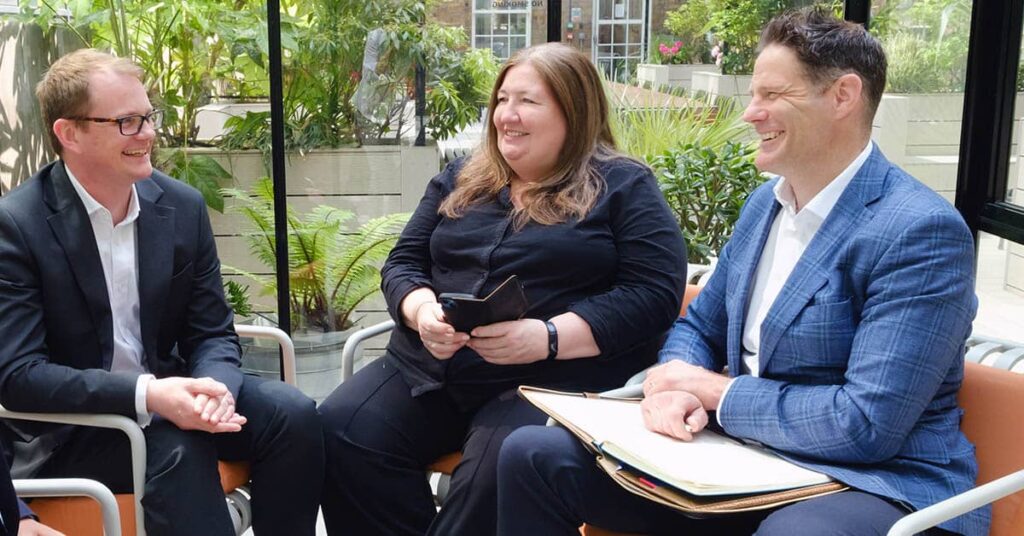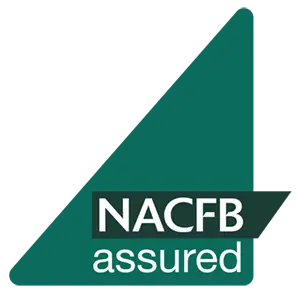What You Really Need to Know
Equity release has become more common in recent years, but with that has come plenty of confusion, outdated ideas and myths. Whether you’re exploring it as an option, curious about how it works, or simply want to separate fact from fiction, this article is here to help.
At Hayes Finance, we specialise in equity release and specifically with complex cases. We often hear the same questions from clients who are considering equity release. It’s a big decision, and it should be made with confidence and clarity.
That’s why we’ve put together this guide to tackle the most common misconceptions and offer straightforward answers to the questions we hear most often.
“Isn’t equity release a last resort?”
This is probably the most common myth we hear. The truth is that equity release is no longer a product of last resort. It is one of many financial tools available later in life and is increasingly used to support significant life events. These include funding home improvements, repaying debts or helping children or grandchildren get on the property ladder.
Today’s equity release products are very different to those from the past. Thanks to the standards set by the Equity Release Council, all plans must offer clear terms, fixed or capped interest rates, and the right to stay in your home for life.
“Will I lose ownership of my home?”
No. With a lifetime mortgage, which is the most popular form of equity release, you remain the legal owner of your property. There is no need to move out. The loan, along with any interest, is usually repaid from the sale of your home when you pass away or move into long-term care.
“What if I want to move house in the future?”
Many people are surprised to find that equity release can still offer some flexibility. Most plans that meet the Equity Release Council standards allow you to move to another suitable property, subject to the lender’s criteria.
It’s always worth discussing your future plans with your adviser. We will help you understand how your equity release plan could work if your circumstances change later on.
“I want to help my children financially, but is this the right way?”
We are seeing more and more people using equity release to gift money to loved ones. Whether it is to help with a deposit for a first home, support further education or provide a financial cushion, releasing funds from your home can be a way to pass on your wealth at a time when it is most needed.
It is important to explore all options first. Downsizing or using savings may be more appropriate, but in many cases equity release can be a practical and tax-efficient solution.
“Does interest spiral out of control?”
Compound interest means the debt will grow over time. However, this is explained clearly from the start. Every client receives a detailed illustration that shows exactly how the balance will grow each year.
There are also ways to manage the interest. You can make voluntary payments or choose an interest-serviced plan. All plans recommended by Hayes Finance include a no negative equity guarantee. This means you or your estate will never owe more than the value of your home.
“What if I change my mind?”
Every equity release application includes a cooling-off period. More importantly, we will never encourage you to move forward unless you are completely sure it is the right decision.
At Hayes Finance, we take a supportive and thorough approach. We explain everything in plain language, welcome your family into the conversation if you wish, and stay on hand to answer questions at every stage.
FAQs at a Glance
- Who is eligible for equity release?
Homeowners aged 55 or over with a UK property worth at least £70,000. - Can I still leave an inheritance?
Yes. Many plans allow you to protect a portion of your home’s value for your estate. - Do I have to make monthly payments?
No. Most plans offer optional payments, but none are required. - Can I use equity release to repay an existing mortgage?
Yes, depending on your circumstances. This is actually one of the more common reasons people use it.
Final Thoughts
Equity release is not right for everyone, but it is also not the outdated or risky option it is sometimes made out to be. When used correctly, it can unlock financial freedom, give peace of mind in retirement and provide real support to family members.
If you are thinking about equity release, we are here to help you understand your options with no pressure. Just clear, honest advice from people who care about getting it right.
Speak to Hayes Finance today to see how we can help. Complete our quick callback request form below and a member of our team will be in contact.




